1. Jung S, Paek YW, Moon KS, Wee SC, Ryu HH, Jeong YI, et al. Expression of Nm23 in gliomas and its effect on migration and invasion in vitro. Anticancer Res. 2006; 26:249–258. PMID:
16475705.
2. Ryu HH, Jung S, Sun HS, Jung TY, Jin SG, Jin YH, et al. Screening for motility-associated genes in malignant astrocytoma cell lines. J Neurooncol. 2007; 82:125–131. PMID:
17048098.
3. Jung TY, Jung S, Ryu HH, Jeong YI, Jin YH, Jin SG, et al. Role of galectin-1 in migration and invasion of human glioblastoma multiforme cell lines. J Neurosurg. 2008; 109:273–284. PMID:
18671640.
4. Lim DH, Ryu HH, Moon KS, Jung TY, Kim IY, Kang SS, et al. Screening for genes associated with motility in malignant glioma cell lines. J Korean Brain Tumor Soc. 2008; 7:38–43.
5. Jin SG, Jeong YI, Jung S, Ryu HH, Jin YH, Kim IY. The effect of hyaluronic acid on the invasiveness of malignant glioma cells : comparison of invasion potential at hyaluronic acid hydrogel and matrigel. J Korean Neurosurg Soc. 2009; 46:472–478. PMID:
20041058.
6. Jin SG, Jung S, Moon KS, Kim IY, Pei J, Jung TY. In situ film zymography for evaluation of matrix metalloproteinase activity in human glioma. J Korean Brain Tumor Soc. 2009; 8:47–51.
7. Lim SH, Jeong YI, Moon KS, Ryu HH, Jin YH, Jin SG, et al. Anticancer activity of PEGylated matrix metalloproteinase cleavable peptide-conjugated adriamycin against malignant glioma cells. Int J Pharm. 2010; 387:209–214. PMID:
19945519.
8. Jung TY, Jung S, Lee KH, Cao VT, Jin SG, Moon KS, et al. Nogo-A expression in oligodendroglial tumors. Neuropathology. 2011; 31:11–19. PMID:
20487307.
9. Kim CS, Jung S, Jung TY, Jang WY, Sun HS, Ryu HH. Characterization of invading glioma cells using molecular analysis of leading-edge tissue. J Korean Neurosurg Soc. 2011; 50:157–165. PMID:
22102942.
10. Ryu HH, Jung S, Jung TY, Moon KS, Kim IY, Jeong YI, et al. Role of metallothionein 1E in the migration and invasion of human glioma cell lines. Int J Oncol. 2012; 41:1305–1313. PMID:
22843066.
11. Park SG, Jung S, Ryu HH, Jung TY, Moon KS, Kim IY, et al. Role of 14-3-3-beta in the migration and invasion in human malignant glioma cell line U87MG. Neurol Res. 2012; 34:893–900. PMID:
22925547.
12. Kim IY, Jung S, Moon KS, Jung TY, Kang SS. Neuronavigation-guided endoscopic surgery for pineal tumors with hydrocephalus. Minim Invasive Neurosurg. 2004; 47:365–368. PMID:
15674755.
13. Jung TY, Jung S, Kim IY, Park SJ, Kang SS, Kim SH, et al. Application of neuronavigation system to brain tumor surgery with clinical experience of 420 cases. Minim Invasive Neurosurg. 2006; 49:210–215. PMID:
17041831.
14. Choi JM, Lim SH, Liu ZP, Lee TK, Rhee JH, Yoon MS, et al. Flagellin synergistically enhances anti-tumor effect of EGFRvIII peptide in a glioblastoma-bearing mouse brain tumor model. BMC Cancer. 2022; 22:986. PMID:
36109710.
15. Akanda MR, Ahn EJ, Kim YJ, Salam SMA, Noh MG, Kim SS, et al. Different expression and clinical implications of cancer-associated fibroblast (CAF) markers in brain metastases. J Cancer. 2023; 14:464–479. PMID:
36860926.
16. Hong JH, Noh MG, Akanda MR, Kim YJ, Kim SH, Jung TY, et al. Solitary fibrous tumor/hemangiopericytoma metastasizes extracranially, associated with altered expression of WNT5A and MMP9. Cancers (Basel). 2021; 13:1142. PMID:
33799999.
17. Oh SJ, Ahn EJ, Kim O, Kim D, Jung TY, Jung S, et al. The role played by SLUG, an epithelial-mesenchymal transition factor, in invasion and therapeutic resistance of malignant glioma. Cell Mol Neurobiol. 2019; 39:769–782. PMID:
31011939.
18. Tran TA, Kim YH, Duong TH, Jung S, Kim IY, Moon KS, et al. Peptide vaccine combined adjuvants modulate anti-tumor effects of radiation in glioblastoma mouse model. Front Immunol. 2020; 11:1165. PMID:
32733437.
19. Tran TA, Kim YH, Jung S, Kim IY, Moon KS, Jang WY, et al. Branched multipeptide-combined adjuvants potentially improve the antitumor effects on glioblastoma. J Immunother. 2021; 44:151–161. PMID:
33512855.
20. Tran TA, Kim YH, Kim GE, Jung S, Kim IY, Moon KS, et al. The long multi-epitope peptide vaccine combined with adjuvants improved the therapeutic effects in a glioblastoma mouse model. Front Immunol. 2022; 13:1007285. PMID:
36439089.
21. Northcott PA, Shih DJ, Peacock J, Garzia L, Morrissy AS, Zichner T, et al. Subgroup-specific structural variation across 1,000 medulloblastoma genomes. Nature. 2012; 488:49–56. PMID:
22832581.
22. Cavalli FMG, Remke M, Rampasek L, Peacock J, Shih DJH, Luu B, et al. Intertumoral heterogeneity within medulloblastoma subgroups. Cancer Cell. 2017; 31:737–754.e6. PMID:
28609654.
23. de Medeiros CB, Moxon-Emre I, Scantlebury N, Malkin D, Ramaswamy V, Decker A, et al. Medulloblastoma has a global impact on health related quality of life: findings from an international cohort. Cancer Med. 2020; 9:447–459. PMID:
31755223.
24. Skowron P, Farooq H, Cavalli FMG, Morrissy AS, Ly M, Hendrikse LD, et al. The transcriptional landscape of Shh medulloblastoma. Nat Commun. 2021; 12:1749. PMID:
33741928.
25. Coltin H, Sundaresan L, Smith KS, Skowron P, Massimi L, Eberhart CG, et al. Subgroup and subtype-specific outcomes in adult medulloblastoma. Acta Neuropathol. 2021; 142:859–871. PMID:
34409497.
26. Hendrikse LD, Haldipur P, Saulnier O, Millman J, Sjoboen AH, Erickson AW, et al. Failure of human rhombic lip differentiation underlies medulloblastoma formation. Nature. 2022; 609:1021–1028. PMID:
36131014.
27. Kim JH, Jang WY, Duy Khuong LN, Jung TY, Moon KS, Kim IY, et al. Selection of surgical approach for trigonal meningiomas in consideration of visual outcome. World Neurosurg. 2018; 118:e436–e442. PMID:
29981465.
28. Kim JH, Moon KS, Jung JH, Jang WY, Jung TY, Kim IY, et al. Importance of collateral venous circulation on indocyanine green videoangiography in intracranial meningioma resection: direct evidence for venous compression theory in peritumoral edema formation. J Neurosurg. 2019; 132:1715–1723. PMID:
31125964.
29. Han MS, Jung S, Lim SH, Kim IY, Moon KS, Jung TY, et al. What clinicians should consider to determine a more beneficial treatment strategy for small to medium sized vestibular schwannoma with serviceable hearing: a single surgeon’s long-term outcome of microsurgery and gamma knife radiosurgery. Otol Neurotol. 2020; 41:1122–1130. PMID:
32569150.
30. Kim YJ, Moon KS, Jang WY, Jung TY, Kim IY, Jung S. Contralateral subfrontal approach for tuberculum sellae meningioma: techniques and clinical outcomes. J Neurosurg. 2023; 138:598–609. PMID:
35901684.
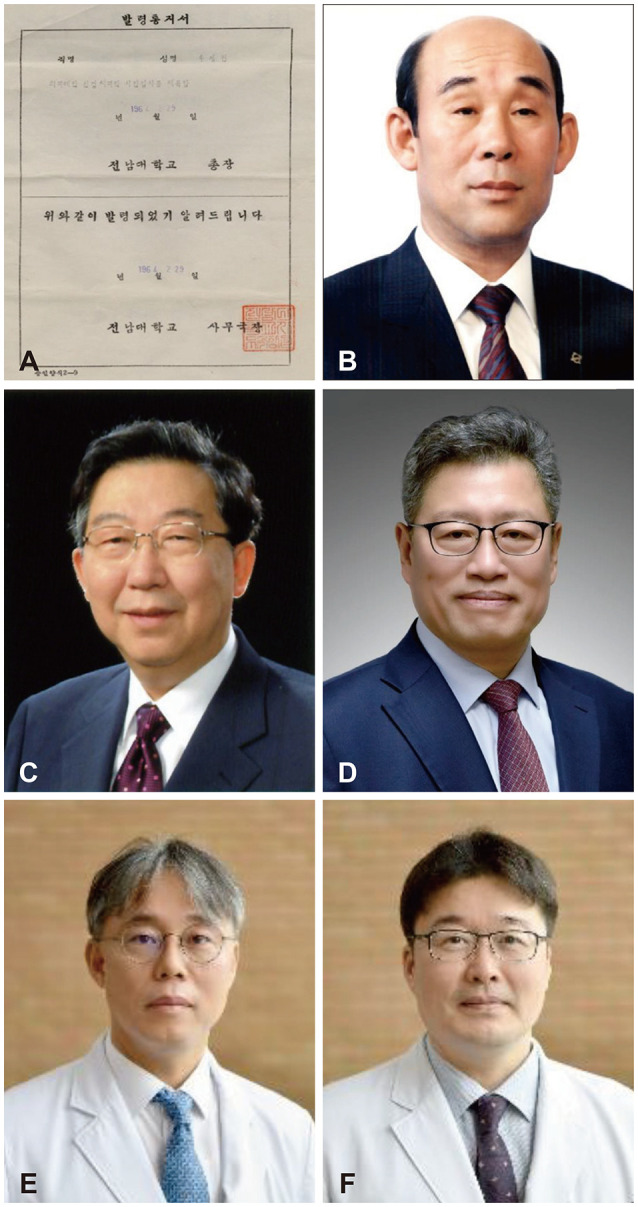
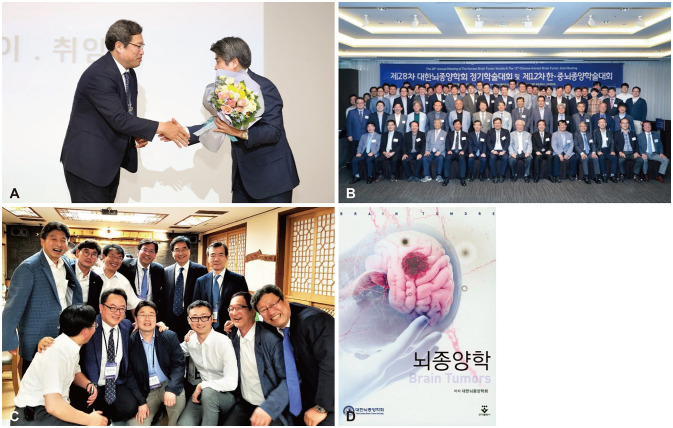
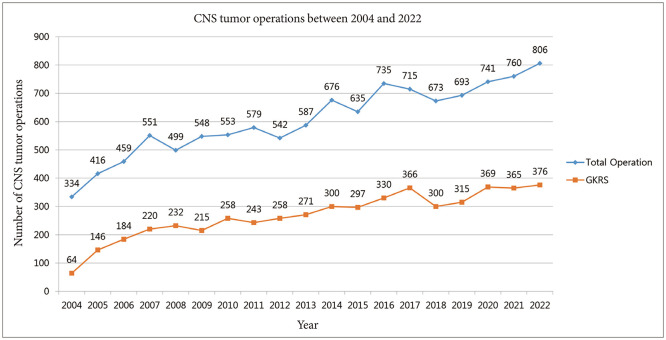
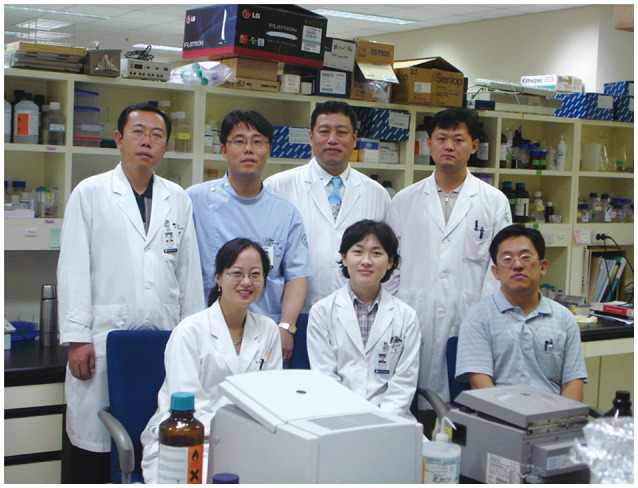




 PDF
PDF Citation
Citation Print
Print



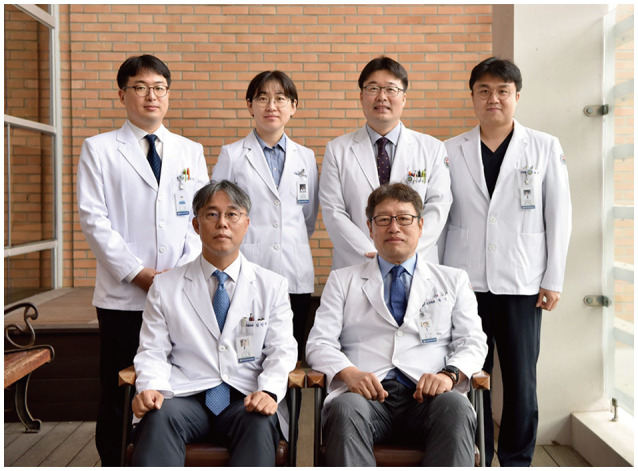


 XML Download
XML Download